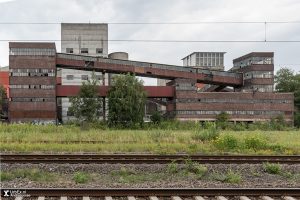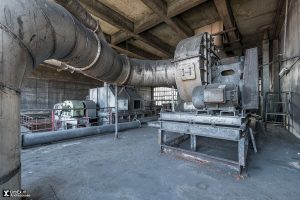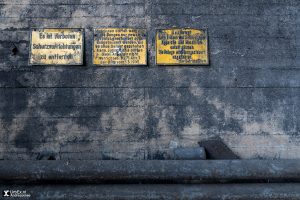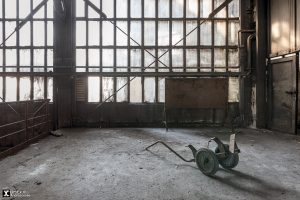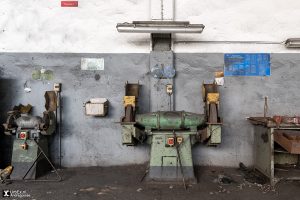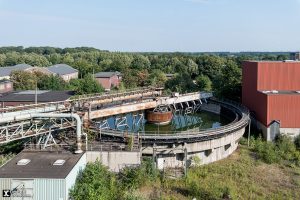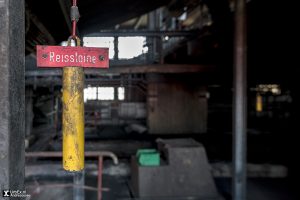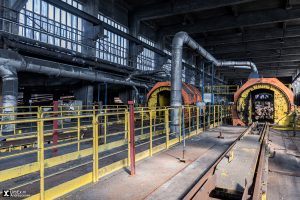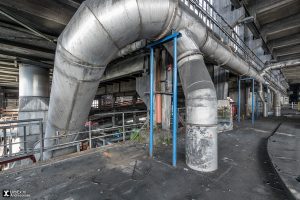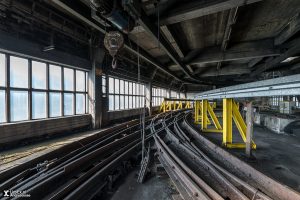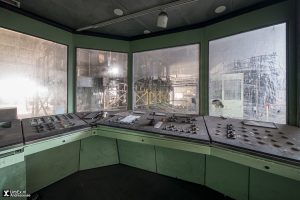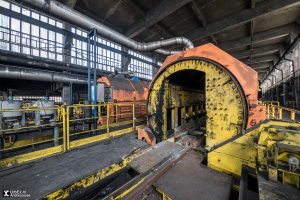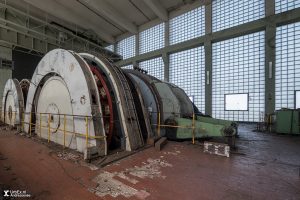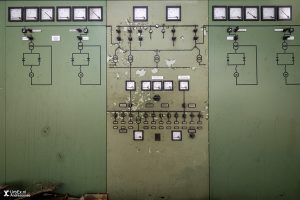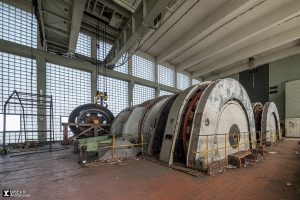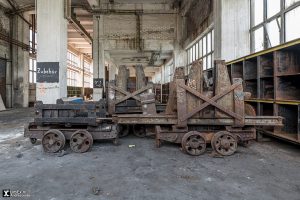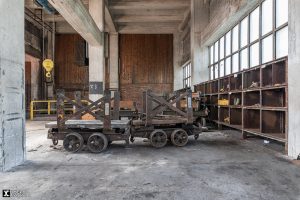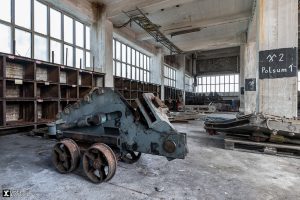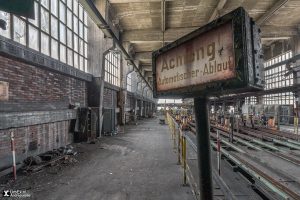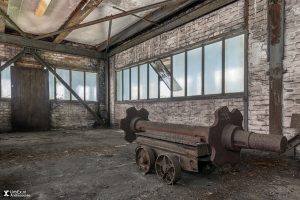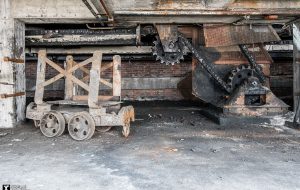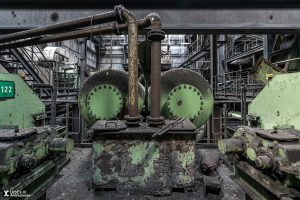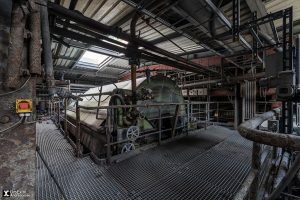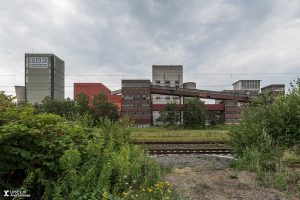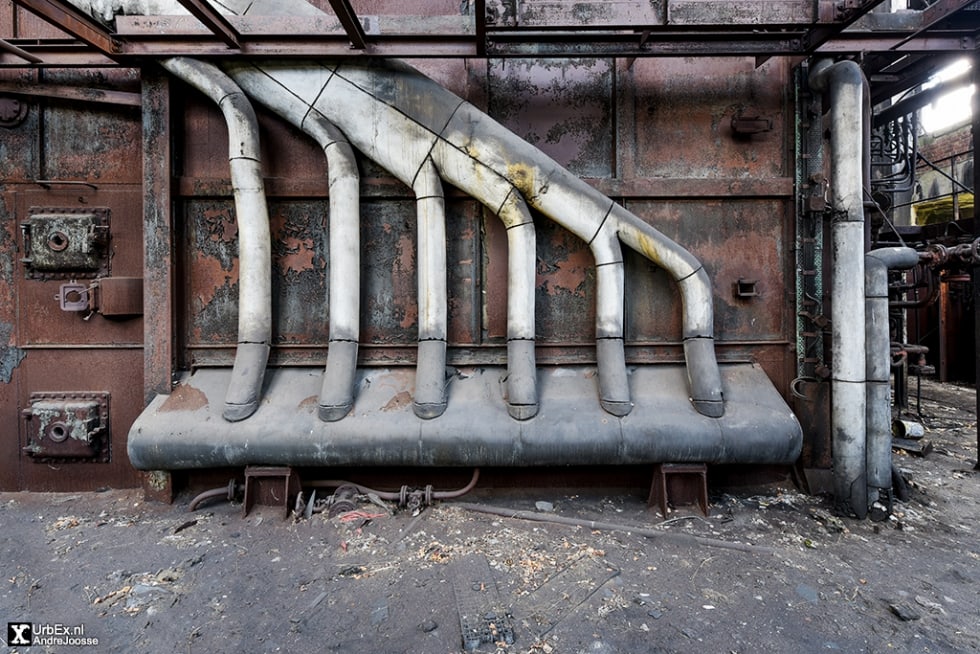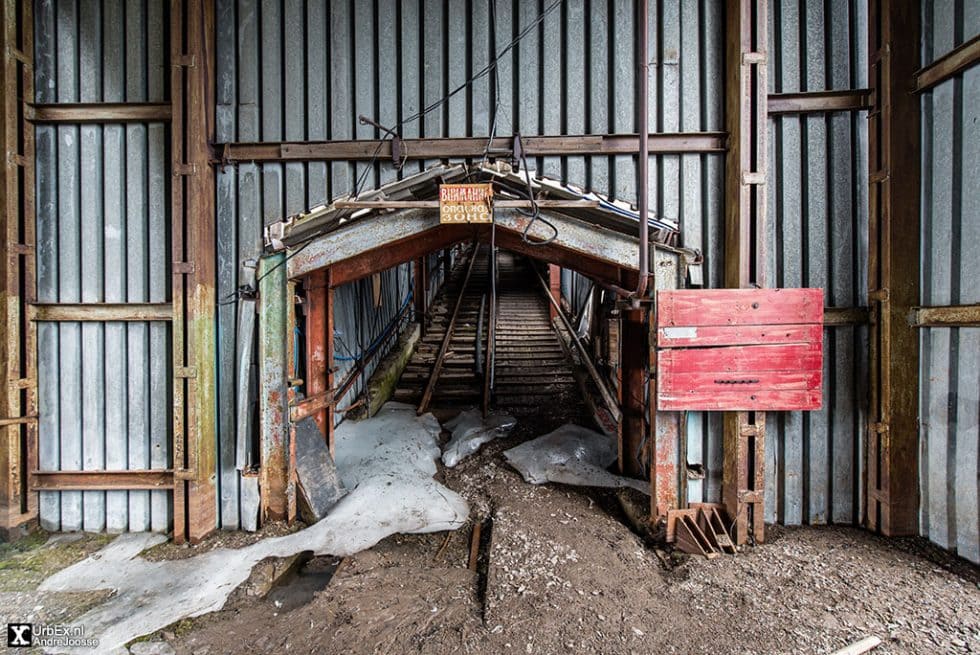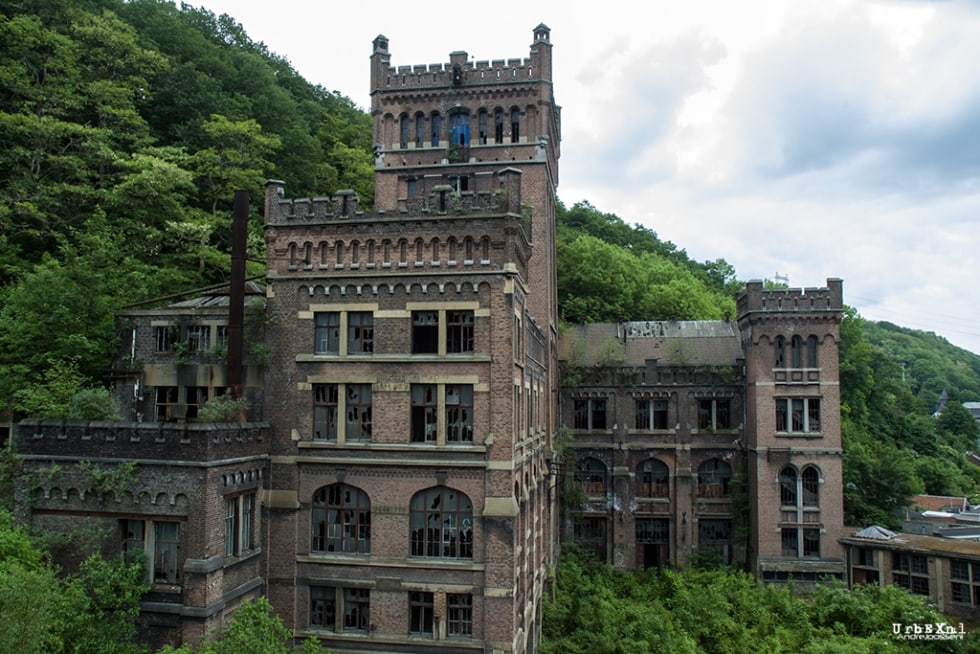Zeche Westerholt
THE ABANDONED MINE IN GERMANY
Explore ‘Zeche Westerholt‘. The complex was the last active coal mine in Gelsenkirchen. It was built in 1908 and became later part of Bergwerk Lippe. The huge mine site was abandoned in 2008.
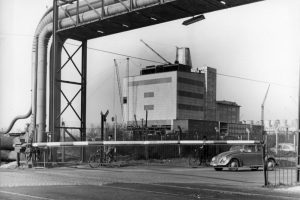
In the early 20th century, the Prussian state sought large quantities of coal for its nationalized railroad and imperial navy. To meet this demand, the state established the Bergwerks-AG Recklinghausen in 1903. Among the mines developed was the Westerholt colliery.
The mine commenced operations in 1910 with two head frames. Shaft 1 was completed in 2008, followed by Shaft 2 in 2010. A coking plant was commissioned in 1912 to support operations. In 1927, ownership of the Westerholt colliery transferred to Hibernia AG. The coking facility underwent expansion in 1929 to accommodate the processing of Westerholt and Bergmannsglück coal.
Polsum
Westerholt suffered serious damage during the Second World War. The head frame above shaft 2 was the only one in the Ruhr area that was destroyed in a bomb attack. In the 1950s, the colliery was given a new central production shaft. Also, after the Second World War, the Polsum mine was connected to the Westerholt mine. This shaft went into operation in 1949. In 1956 the construction of a new production shaft ‘Westerholt 3’ began on the old coke plant site. The coke plant moved to Hassel, further west, in 1953.
Bergwerk Lippe
In 1998, ‘DSK’ or ‘Deutsche Steinkohle AG’ took over the Westerholt mine. It merged with the ‘Fürst Leopold’ mine in Dorsten to establish ‘Bergwerk Lippe’. Additionally, the shafts in Polsum and Altendorf became part of the Lippe mine. In 2001, Shaft 1 underwent reconstruction and was equipped with a new tower conveyor system, facilitating the efficient and rapid movement of large equipment underground.
Despite these upgrades, the mine closed earlier than anticipated, despite having enough coal reserves to last until 2020. In 1999, they abandoned and backfilled the Westerholt 2 shaft and demolished the head frame. On December 19, 2008, they ceased operations at the remaining shafts and ‘Zeche Westerholt’ when they brought the last wagon of coal to the surface. Numerous buildings from its inception still stand, offering a glimpse into almost a century of mining architecture. I personally explored the mine in 2019.
